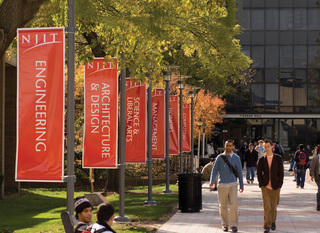Document Type
Thesis
Date of Award
5-31-1986
Degree Name
Master of Science in Electrical Engineering - (M.S.)
Department
Electrical Engineering
First Advisor
Stanley S. Reisman
Second Advisor
W. H. Warren Ball
Abstract
This thesis deals with the nervous system simulation. The Hodgkin-Huxley model and Stein's model are used as basic tools. The author has tried to describe some practical problems by mathematical models.
First, the horse-shoe crab eye is investigated. Light intensity is reported to the brain by the firing frequency of the photoreceptoe. A Poisson process is used to simulate the stimulus to the receptor. The result of the stochastic model coincides with the theoretical one: receptor overlapping decreases the resolving power of the eye; and the lateral inhibition compensates the effect of overlapping.
Second, a nerve muscle model was set up to describe the operation of the nervous system. The result shows that with the information from the receptor the brain can control the muscle accurately. It was found that the receptor delay had the effect on the stability of the system. If it is longer than 18 msec., the system becomes unstable.
Third, a simulation for heart rate spectrum is obtained by a coupled ocsillator model. The interaction between heart rate and respiration is discussed.
Recommended Citation
Chen, Jian, "Nervous system simulation" (1986). Theses. 3186.
https://digitalcommons.njit.edu/theses/3186



